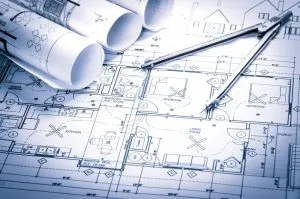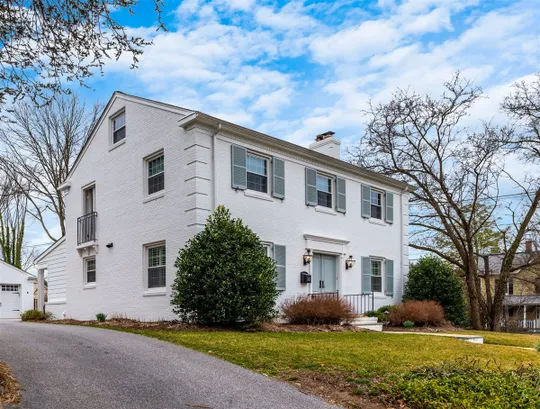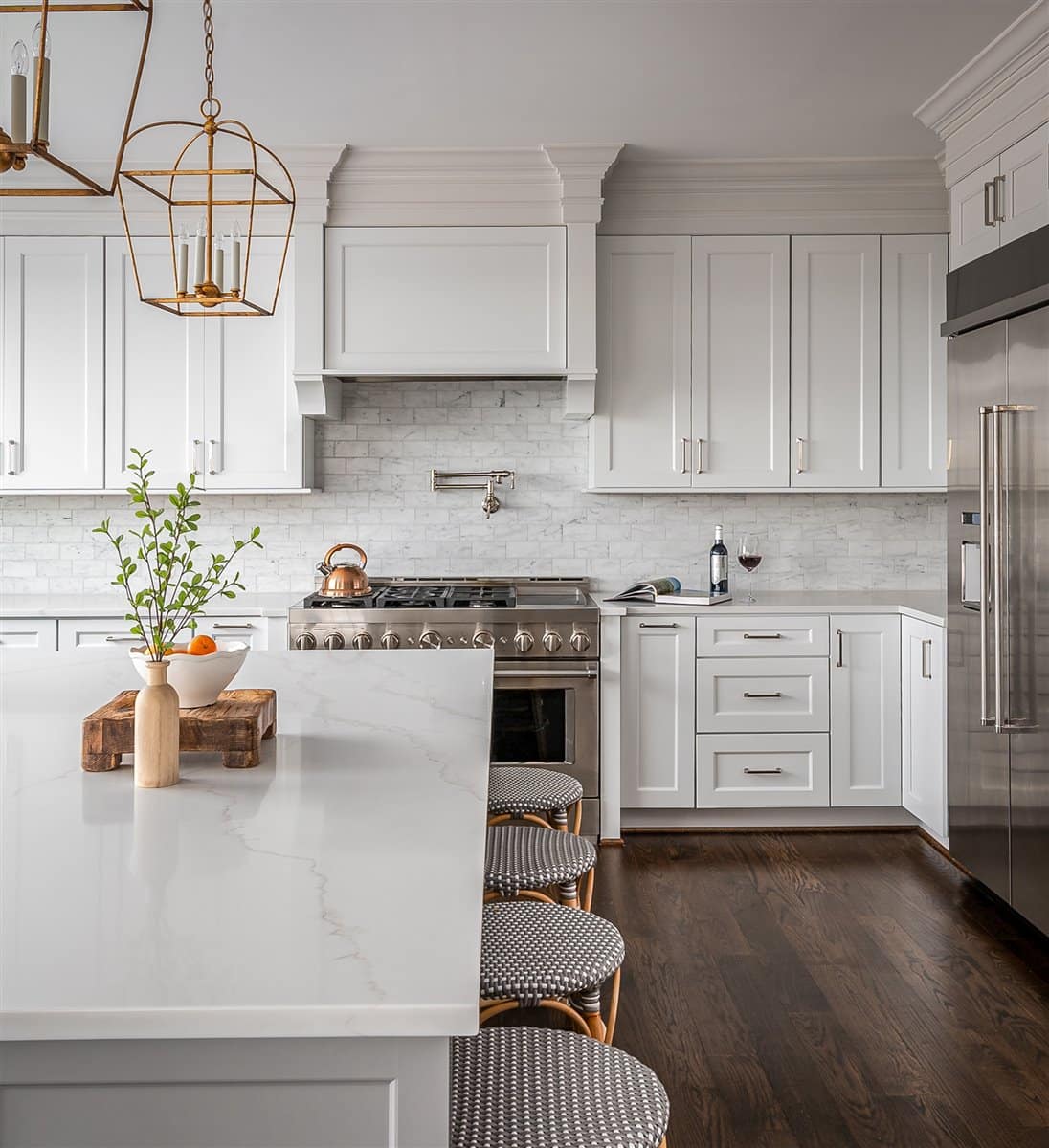
How Design-Build Can Help Save Money on Remodeling Costs
Every homeowner wants to get the best value for their remodeling dollars. You may be asking how you save money on remodeling costs?
Many people think that bidding a project is the best way to save money on remodeling, but before you choose a contractor or go the ‘bidding’ route, there may be some very good reasons why that option is not always the best choice.
Understanding the Design-Build process before you remodel and how it can actually save you time, money and headaches is key! Parker Design Build Remodel is pleased to share our insight and experiences with you on this important topic. Part 1 of our series takes an in-depth look at the Design-Bid-Build (DBB) process.
Design-Bid-Build (DBB)
Design Bid Build, often referred to as DBB, is a process wherein the homeowner typically meets with and/or hires an architect or designer at the conception of the remodeling process. The architect or designer is responsible for understanding the homeowner’s goals and putting those ideas and visions to paper. This approach was used for many years with varying results.
Pros/Cons
The biggest pro to this approach is that the homeowner sees their vision become tangible and begins to get excited about the project, but there are some additional thoughts to consider.
Bids Produce Better Pricing: Some homeowners believe that the ability to bid a job will provide a better price. Actually, the opposite is true. The Design Bid Build process forces contractors to cut costs wherever possible, which can lead to cutting corners, lower quality products and utilization of low bid/low-quality trade contractors. And, no bid is ever all-inclusive. There are always changes throughout the process but you will want to avoid expensive change orders.
Costs: Although the homeowner has plans in their hands relatively quickly, the costs of the project still have not been evaluated by someone responsible for holding those costs. For example, in 2014, costs for building materials, such as drywall, were rising quickly. At the time, an average increase of 7.5% in these supply costs was normal. This, along with other rising costs, can have a significant impact on the overall cost and budget of the project. By the time the contractor received the drawings to put together a bid, the homeowner would find out that the designs were now out of their budget range. Would you want to find out that your drawings are not in line with your budget, after paying $10,000 to have the drawings done? Probably not. Another significant advantage to the Design Build (DB) process.
Feasibility: Is the construction of the project feasible? Has a structural engineer been involved in the design process and able to confirm that the existing structure will handle the proposed design changes? Is the design going to present challenges with permitting, particularly if the home is located on the water and/or in designated ‘critical areas’? What are the costs of permitting and impact fees and how will impact the customer’s budget? Will the drawings have to go back for a re-do?
Multiple Points of Contact
In the Design-Bid-Build process, the homeowner potentially has multiple contracts with the architect, designer, structural engineer, surveyor, and contractor. Accountability is spread across multiple providers, and finger pointing may become an issue as the project moves forward. More importantly, no one professional has clear responsibility for the costs and feasibility of the project. This can lead to the homeowner paying for the same services, such as design drawings, multiple times as the project moves forward. Not only is this a waste of time and money, but it can also become very frustrating to the homeowner.
The Design-Bid-Build process has evolved, but the underlying issues remain the same. Parker Design Build Remodel moved from the DBB model to the Design-Build (DB) process model. “The improvements provided to our clients by moving to the DBB model were immeasurable,” stated Chris Parker, owner of Parker Design Build Remodel. The Design-Build process will be discussed in greater detail in Part 2 of this series.
If you’re thinking about remodeling your home, you owe it to yourself to thoroughly understand the advantages of Design Build! For more information on Design-Build, visit our website or contact Parker today for a free consultation!



